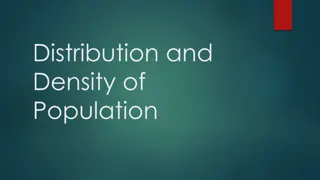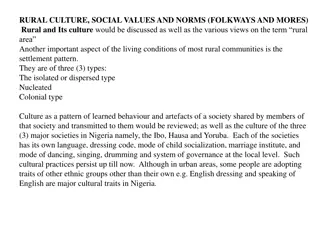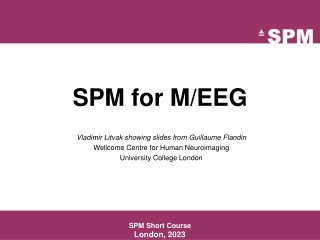Functional Hierarchy of Settlement
Settlements are diverse communities where people reside, ranging from small hamlets to bustling cities. They vary in size, functions, and population density, with rural settlements predominantly agricultural and urban settlements engaging in non-agricultural activities. The concept of settlements includes hamlets, villages, towns, cities, and transitional rurban areas. Explore the types, characteristics, and importance of settlements in different geographical contexts.
Download Presentation
Please find below an Image/Link to download the presentation.
The content on the website is provided AS IS for your information and personal use only. It may not be sold, licensed, or shared on other websites without obtaining consent from the author. Download presentation by click this link. If you encounter any issues during the download, it is possible that the publisher has removed the file from their server.
Presentation Transcript
Functional Hierarchy of Settlement Kaustuv Mukherjee Assistant Professor Department of Geography Chandidas Mahavidyalaya, Birbhum
What is a Settlement? In geography, statistics and archaeology, a settlement, locality or populated place is a community in which people live. A settlement can range in size from a small number of dwellings grouped together to the largest of cities with surrounding urbanized areas. Settlements may include hamlets, villages, towns and cities. A settlement conventionally includes its constructed facilities such as roads, enclosures, field systems, boundary banks and ditches, ponds, parks and woods, wind and water mills, manor houses, moats and churches. Simply, settlements are "a city, town, village or other agglomeration of buildings where people live and work.
What are the Major Types of Settlement? Settlement Rural Urban Hamlet Hut Village Town City Primate Rurban Metropolis Megalopolis
What is a Rural Settlement? Population is less than 5000 Population density is less than 400 persons/Sq. km. More than 75 % of people are engaged in Agricultural and associated primary activities Run by Gram-Panchayets What is an Urban Settlement? Population is greater than 5000 Population density is greater than 400 persons/Sq. km. or 1000 persons/Sq. Mile More than 75 % of people are engaged in Non-Agricultural activities Run by Municipality, Cantonment Board, Corporation etc.
Hamlet A hamlet is a small human settlement In British geography, a hamlet is considered smaller than a village and distinctly without a church. Officially, a hamlet differs from a village in having no commercial premises, but has residences and may have community buildings such as churches and public halls.
Village A village is a clustered human settlement or community, larger than a hamlet but smaller than a town, with a population ranging from a few hundred to a few thousand. In the past, villages were a usual form of community for societies that practice subsistence agriculture, and also for some non-agricultural societies. According to the 2011 census of India, 68.84% of Indians (around 833.1 million people) live in 640,867 villages. different
Rurban Rural + Urban Transitional Phase in between Rural and Urban settlements Run by Gram Panchayets Population is more than 5000 but less than 10,000
Town A town is a medium-sized human settlement. Towns are generally larger than villages but smaller than cities, though the criteria which constitute them vary considerably in different part of the world. Large town 20,000 to 1 lakh people Town 5,000 to 20,000 people. Census towns are defined as places that satisfy the following criteria: 1. Minimum population of 5,000 2. At least 75% of male working population engaged in non-agricultural pursuits 3. Density of population at least 400/km2. (1,000 per sq. mile).
City A city is a large human settlement. Cities generally have extensive systems for housing, transportation, sanitation, utilities, land use, and communication. Their density facilitates interaction between people, government organizations and businesses, sometimes benefiting different parties in the process. City 1 lakh to 3 lakh Population Large City 3 lakh to 1 million population
Metropolis A metropolis is a large city or conurbation which is a significant economic, political, and cultural centre for a country or region, and an important hub for regional or international connections, commerce, and communications. The term is Ancient Greek and means the "mother city" of a colony (in the ancient sense), that is, the city which sent out settlers. Minimum Population 1 to 3 million. Conurbation 3 to 10 million people
Megalopolis The term was used by Patrick Geddes in his 1915 book Cities in Evolution. Jean Gottmann popularised this term in 1961. A megalopolis (sometimes called a megapolis; also megaregion, or supercity) is typically defined as a chain of roughly adjacent metropolitan areas, which may be somewhat separated or may merge into a continuous urban region. Megalopolis is derived from Greek:(m gas) meaning 'great' and (p lis) meaning 'city', therefore literally a 'great city'. This term is closer in meaning to megacity. A megalopolis, also known as a mega-region, is a clustered network of cities. Gottmann defined its population as 25 million. Doxiadis defined a small megalopolis a similar cluster with a population of about 10 million.
Primate City A primate city (Latin: "prime, first rank") is the largest city in its country or region, disproportionately larger than any others in the urban hierarchy. First proposed by the geographer Mark Jefferson in 1939. He defines a primate city as being "at least twice as large as the next largest city and more than twice as significant." Among the best known examples of primate cities are London and Paris. Other major primate cities include Athens, Baghdad, Bangkok, Budapest, Buenos Aires, Cairo, Dublin, Jakarta, Kuala Lumpur, Lima, Mexico City, Seoul, Tehran, and Vienna.
Functional Classification of Towns Administrative towns and cities: Towns supporting administrative headquarters of higher order are administrative towns, such as Chandigarh, New Delhi, Bhopal, Shillong, Guwahati, Imphal, Srinagar, Gandhinagar, Jaipur Chennai, etc. Industrial towns: Industries constitute prime motive force of these cities such as Mumbai, Salem, Coimbatore, Modinagar, Jamshedpur, Hugli, Bhilai, etc. Transport Cities: They may be ports primarily engaged in export and import activities such as Kandla, Kochchi, Kozhikode, Vishakhapatnam, etc. or hubs of inland transport such as Agra, Dhulia, Mughal Sarai, Itarsi, Katni, etc. Commercial towns: Towns and cities specialising in trade and commerce are kept in this class. Kolkata, Saharanpur, Satna, etc. are some examples. Mining towns: These towns have developed in mineral rich areas such as Raniganj, Jharia, Digboi, Ankaleshwar, Singrauli, etc. Garrison Cantonment towns: These towns emerged as garrison towns such as Ambala, Jalandhar, Mhow, Babina, Udhampur, etc. Educational towns: Starting as centres of education, some of the towns have grown into major campus towns such as Roorki, Varanasi, Aligarh, Pilani, Allahabad etc.
Defensive Towns: They are centres of military activities like city of Meerut and its cantonment. Religious and cultural towns: Varanasi, Mathura, Amritsar, Madurai, Puri, Ajmer, Pushkar, Tirupati, Kurukshetra, Haridwar, Ujjain came to prominence due to their religious/cultural significance. Tourist towns: Nainital, Mussoorie, Shimla, Pachmarhi, Jodhpur, Jaisalmer, Udagamandalam (Ooty), Mount Abu are some of the tourist destinations.
List of Cities In Birbhum District Total Villages - 2469 List of Villages In World



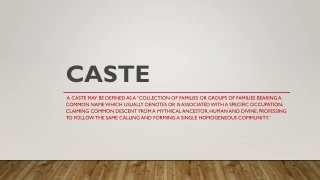



















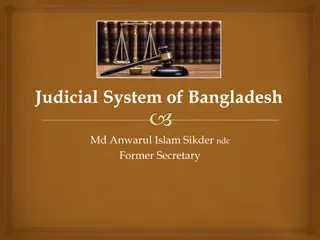






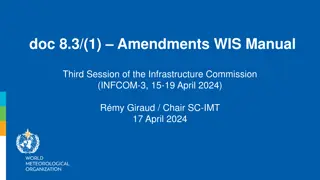




![Property Settlements in Family Law: Case Study of Stamatou & Stamatou [2022] FedCFamC1F 241](/thumb/63303/property-settlements-in-family-law-case-study-of-stamatou-stamatou-2022-fedcfamc1f-241.jpg)

